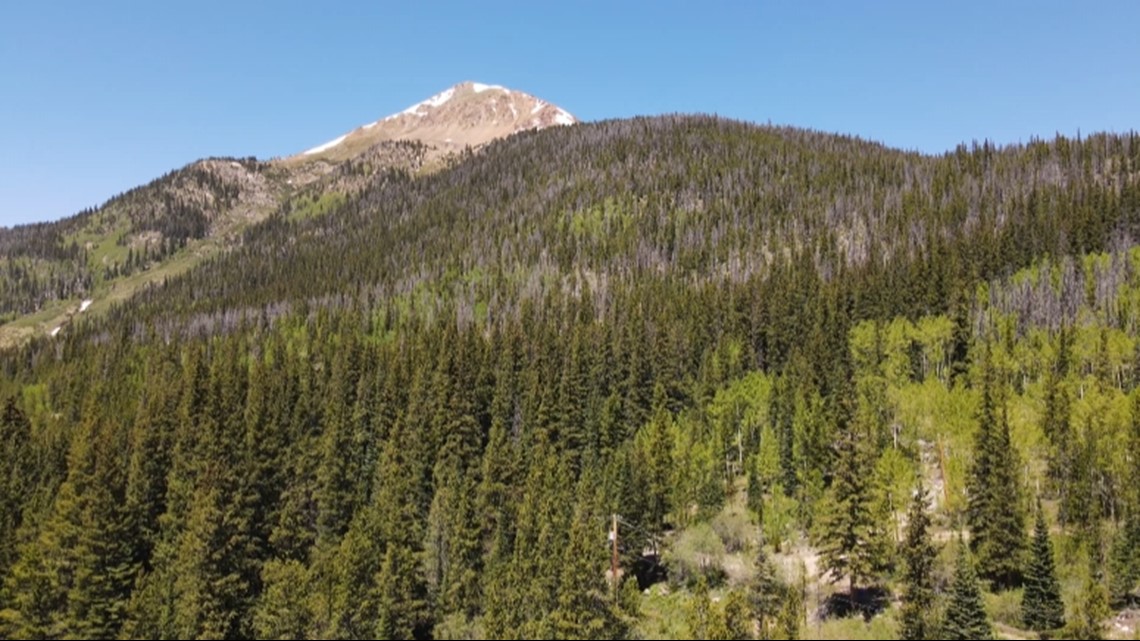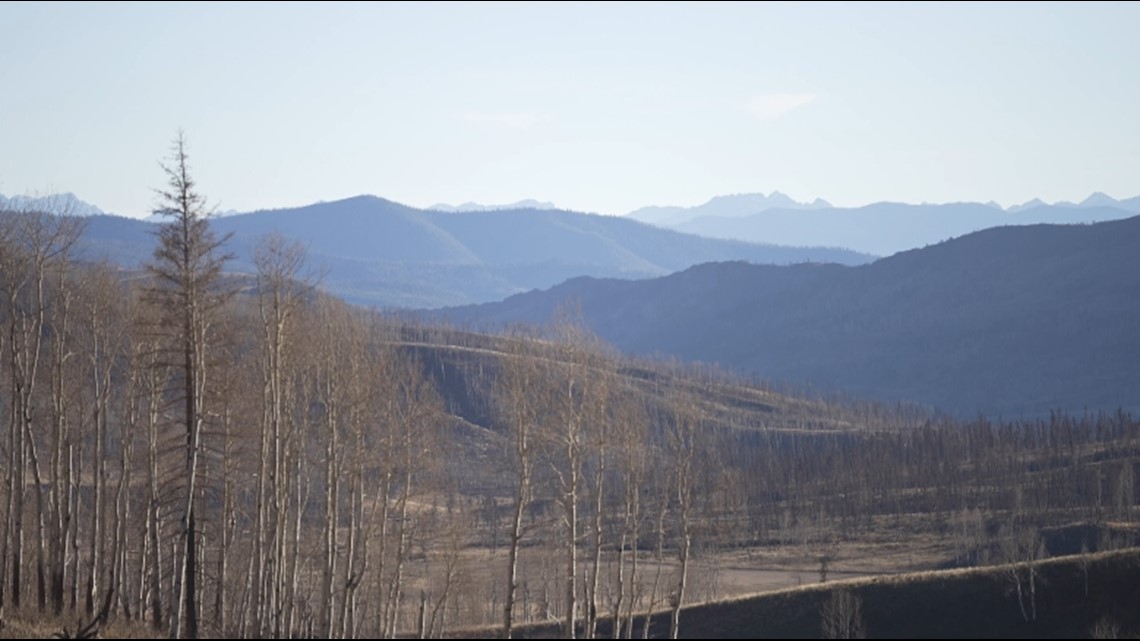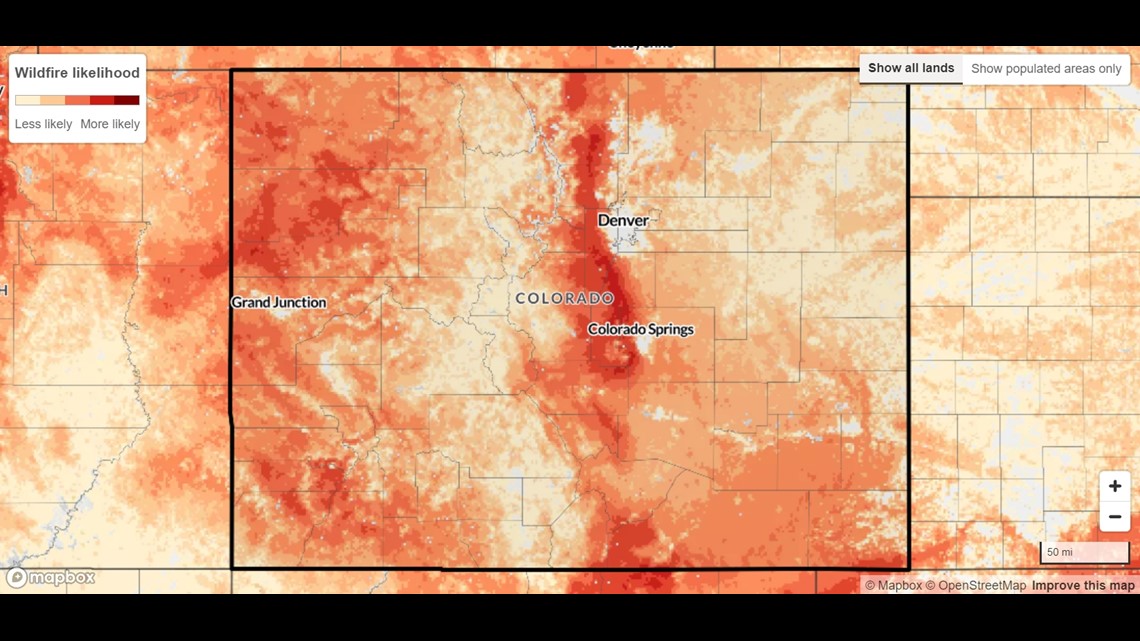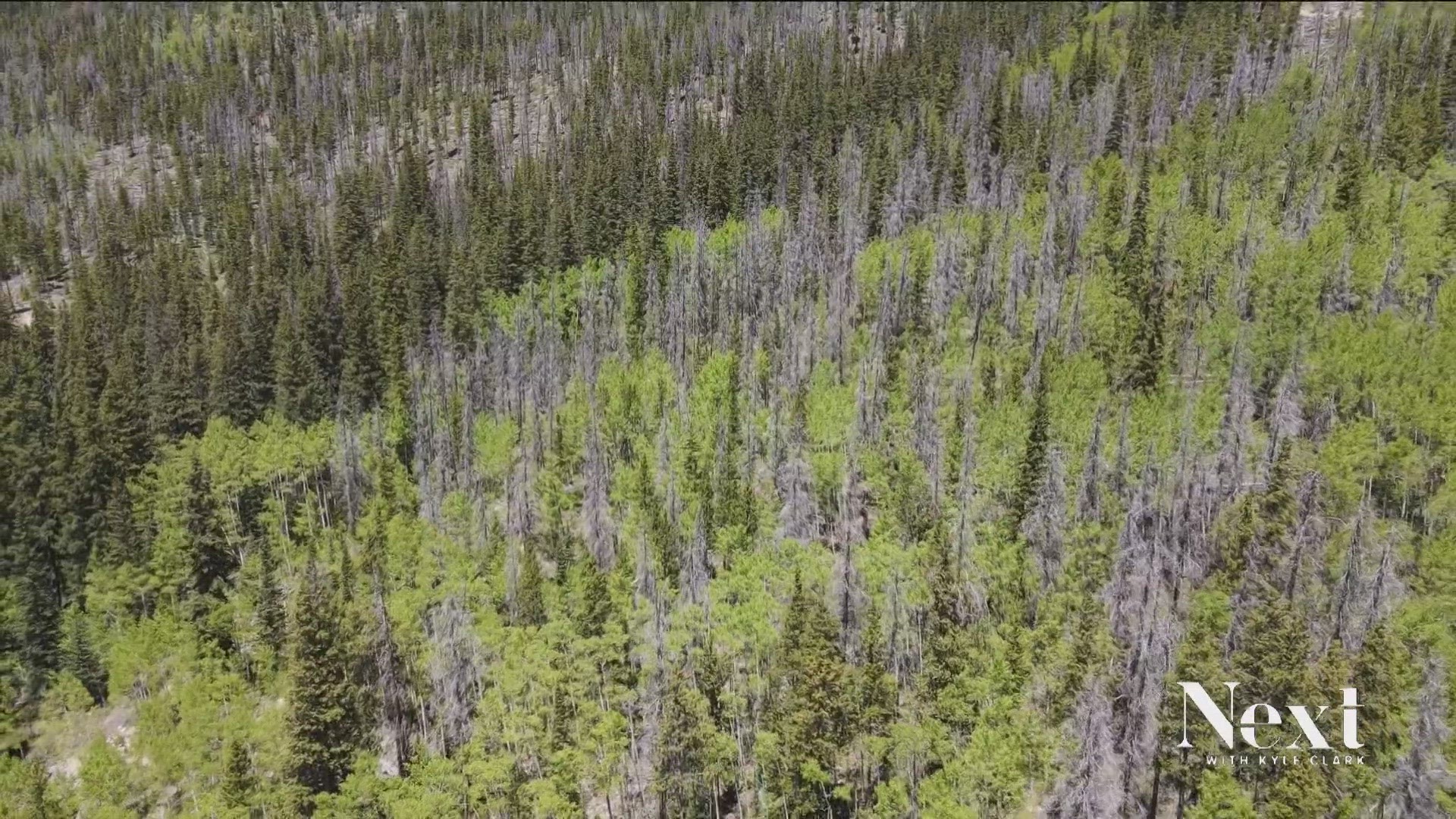DENVER — The scars on Grand County will last for years. You can still see the spots where the East Troublesome Fire burned nearly 200,000 acres in Grand County in 2020.
"All the people who were experts in it said it’s not a matter of if we have a fire, it’s when and where," said Dan Mayer, the Grand Lake Fire Protection District Fire Marshal. "You knew it was there, you knew it was going to happen at some point, and I think the when and where was answered up here in 2020."
If you ask Mayer, the fire’s immense size and power was predictable because of all the fuel that was left to burn.
"Everyone knew that the East Troublesome when it started was burning into an area that was so remote that you couldn’t get to it," said Mayer. "It had so much deadfall and downed trees that you couldn’t get into where it was."
Fighting Colorado’s wildfires should start well before the first spark even ignites. As the federal government pours billions into removing dead trees from our forests, there’s a realization that it won’t be enough to stop the next major wildfire.


The federal government is now spending billions of dollars across the western U.S. to try and stop wildfires like this from happening again. The plan is to remove dead trees and burn low-lying vegetation that could fuel a wildfire like East Troublesome.
"I applaud them for trying, but it’s going to be a tough job for whoever has to do it," said Mayer.
In the last couple years, Congress has sent more than $4 billion to states like California, Montana and here in Colorado. Problem is, that’s not even close to enough money. A 2020 report from the Colorado State Forest Service estimated it would cost $4.2 billion to mitigate fire danger and address land health in just 10% of Colorado’s 24 million acres of forest — the 10% of forest that’s in “urgent need of treatment.”


"We can’t really reasonably treat all of our forests across the western U.S.," said Camille Stevens-Rumann, a fire ecologist at Colorado State University.
Stevens-Rumann says we’re going into an era with more fire and more people living in areas that could burn. She points to mitigation efforts like controlled burns as a reasonable solution to try and help forests become healthier.
"I don’t really love that term, cleaning up a forest. Fuel and logs and branches are a natural part of that landscape," said Stevens-Rumann. "We live in burnable landscapes and pretty much everywhere can burn. It lot of it comes down to how much fuel is out there that could become burnable."
The Forest Service uses computer models to simulate wildfires and determine wildfire risk. From there it determines what land needs to be treated, or cleaned up, first. Most of the Front Range has a high likelihood for wildfires.


The wildfire likelihood is calculated based on thousands of simulations of possible wildfire seasons. In each simulation, they input factors like weather, topography and how much moisture we’ve gotten. The Colorado Front Range has some of the highest wildfire risk in the entire country, but far less than places like California.
"It’s going to happen all over Colorado and there’s not a whole lot we can do about it," said Mayer.
SUGGESTED VIDEOS: Latest from 9NEWS

